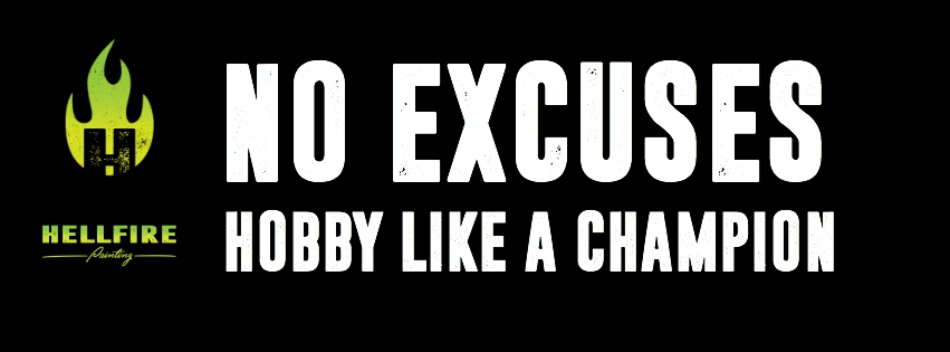Scrolls, seals and books
are everywhere on our miniatures; spellbooks and scrolls of powerful
wizards, purity seals on space marines or the various prophecies of
fanatics and zealots. The problem with this is that you could fill
pages upon pages of ways to paint them. Get it? Pages...Scrolls...
Please don't kick me off the internet...
So what's a wargamer to
do?
The video showcases two standard ways to do scrolls, using desert brown and bone tones to get the worn look in no time. If you're looking for something different or to master your technique, read on!
Writings
Unless the surface is very
large, like the crotch scroll of the chaplain in the video ( yes,
crotch scroll, it's a technical term, trust me ) or the focus point
of a miniature, I don't really like to add writings on them. I think
most ways either look dumb or take too much time for the visual
impact they offer.
However, if you are to do
them, here are a few guidelines :
1- Off black. Pick a
color that's dark, but not black.
This adds a lot of realism
to your writing, as worn out scrolls will have worn off writing, not
fresh black ink drawn from a sharpie ( moreso for medieval stuff ).
Also, because letters are small lines on a lighter background, text
seen from far will blend with the background color, muting the
original color.
My personnal favorite is
Skavenblight Dinge from GW ( Vallejo German Grey is the closest I
can think of ), but you an do it with any dark grey, and very dark
green or blue, like P3 Coal Black.
2- KISS.
Unless your are writing a
real word, for a nameplate perhaps, keep it simple. Don't try to
mimic characters, spaces, caps or lower cases. There's nothing
wrong with writing a name, warcry or whatever, but for the scale we
are painting, « normal » size writing would not really be
visible.
Not only do you save time,
you also keep the visual impact stronger because the viewer is not
trying to figure out what's going on or if he should read something
out of those funky characters.
3- Initial and Symbol.
If you want to add a
strong visual impact, go for a simple initial at the beginning of the
text- that one big letter at the beginning of paragraphs thats
typical of medieval imagery.
This works well for
human-like models, what about demons and other fancy creatures? This
is where symbols work great. The mark of a chaos god, an elvish
looking rune, a twisted spiral, simple designs that tie-in with the
theme of the model work best.
The symbol can also be
placed anywhere through the text, so it can break off large areas,
like the pages of a book.
Beige on beige?
Another problem that many
encounter when painting scrolls is what to do if your model is
already bone-clored. Deathwing Terminators with scrolls or
necromancer with a skeletal whatever and a spellbook.
Once again I turn to
Skavenblight Dinge.
Mixed with bone and/or
white, this greenish grey will break off from your bone color while
still looking worn out. An example of this color scheme if the book
on this fateweaver model.
What about white?
What about fresh scrolls
or books. Not everything needs to look like it's a gazillion years
old.
One simple way to blend in
the text over a white page – nope, still not using straight black-
is to do the writings and symbols right after your basecoat. When
you add in the shadows and highlights, the text will fade in the
completed look.
So there you have it,
simple tricks to make painting scrolls, seals and pages.
If you
have a go-to technique you'd like to share, drop it in the comments
below!




No comments:
Post a Comment
Note: Only a member of this blog may post a comment.